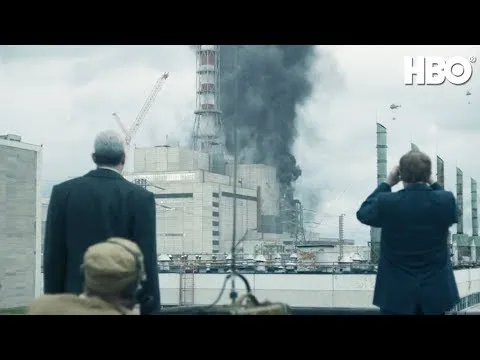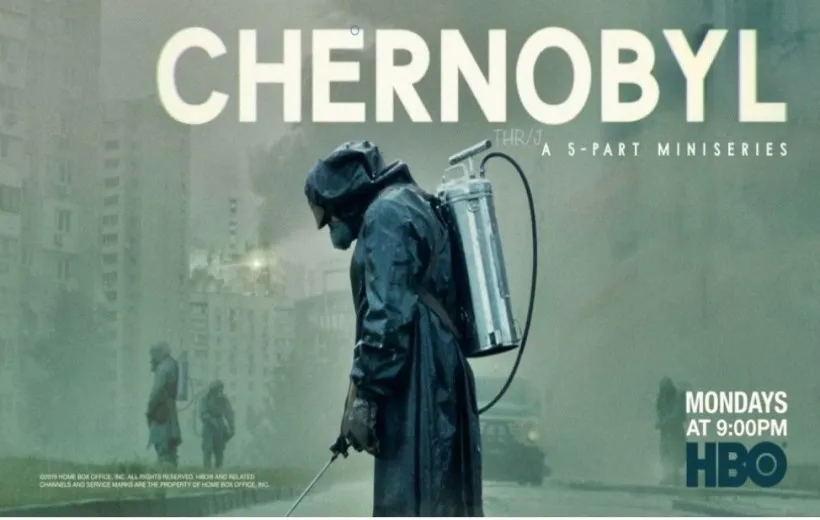
The five-part mini series, which applied the Soviet Chernobyl nuclear power plant accident in 1986, was co-produced by HBO in the United States and Sky in the United Kingdom.
It has been watched by about 8 million people on both live and digital platforms, and it topped masterpieces with a score of 9.4 on the TV series IMDB.
It wasn't a hit that produced a lot of fans for a long time like movies starred by Hollywood top stars such as [Game of Thrones], [Big Little Rise], but it fascinated people with word of mouth and received enthusiastic recognition from both critics and viewers. What is the secret to being considered the best drama? The answer is simple but difficult. It is'accuracy' and'truth'.
Official Trailer
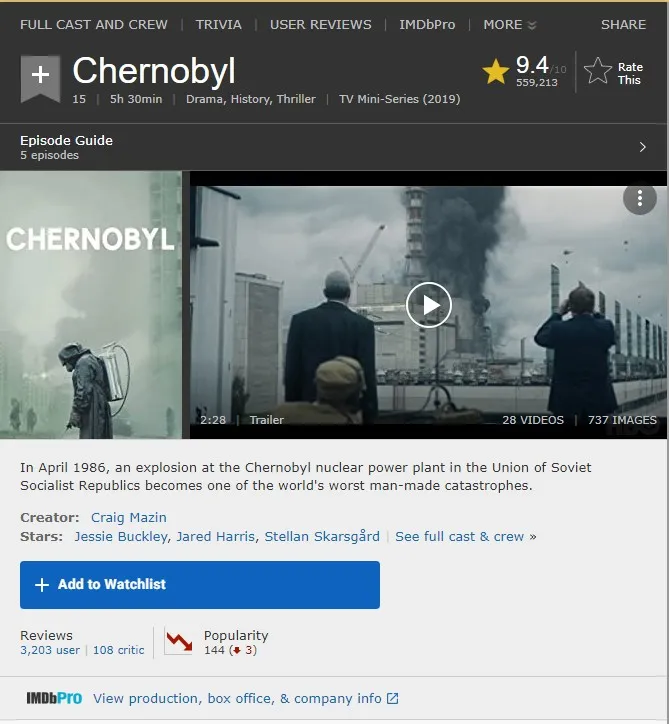
Thorough investigation
[Chernobyl] creator Craig Margin had the opportunity to do extensive research for about two and a half years before writing the script.
He knew that the damage caused by the Chernobyl power plant accident in his teens was enormous, but he did not know the details or the magnitude of the damage.
After interest, all the material available, including papers published in scientific journals, government reports, books by Soviet scientists who worked at the Chernobyl power plant at the time, books by historians who studied the Chernobyl accident, documentaries and testimony records, etc.
I tried to do it. The thorough investigation was reflected in the script as it was, and the scientists and acquaintances from the region were also asked for advice.
Margin refrained from creating things that did not exist unless there was a specific reason or drawing differently from the facts, and as a result, a drama like a documentary was born.
Among the characters, except for the nuclear physicist Ulana Homuk, all are real characters, and Homuk also represents the position of scientists at the time.
Of course, there are parts that are intentionally made differently from the facts, but they do not have a great influence on the appreciation.
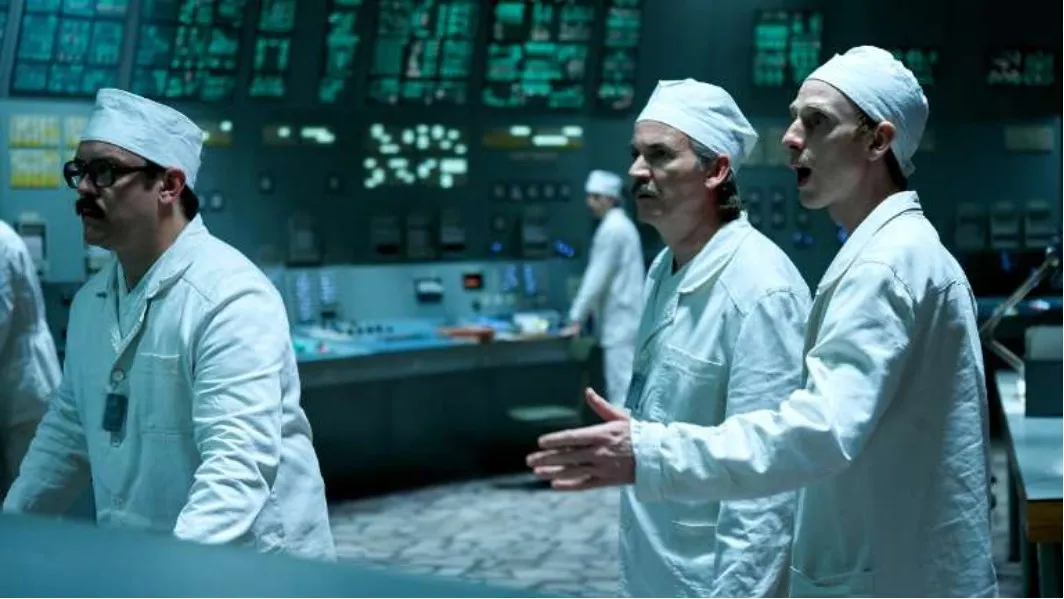

Draw a person
[Chernobyl] goes deeper into the case than drawing a big picture by weaving several facts.
So, in the drama, there are people who live and breathe as well as terrible accidents.
Svetlana Alexievich's book [The Voice of Chernobyl] influenced Margin's writing of a script that focuses on'people'.
The book, which interviewed victims of the Chernobyl nuclear power plant accident over a period of 10 years, contains vivid testimony not found in government reports or papers.
As if taking over this, [Chernobyl] pays attention to those we forgot in front of the disaster.
There are firefighters who extinguish fires without proper protective equipment, medical staff who treat patients even though they know their lives are dangerous, and people who have tried to stop the spread of radiation with all their abilities.
Scientists run around to tell the truth, and some conscientious bureaucrats support them as much as possible against a system that tries to conceal the truth.
Viewers are immersed in the sublime sacrifices of the heroes, which are portrayed calmly and calmly, as if they are directly experiencing the situation at the time.
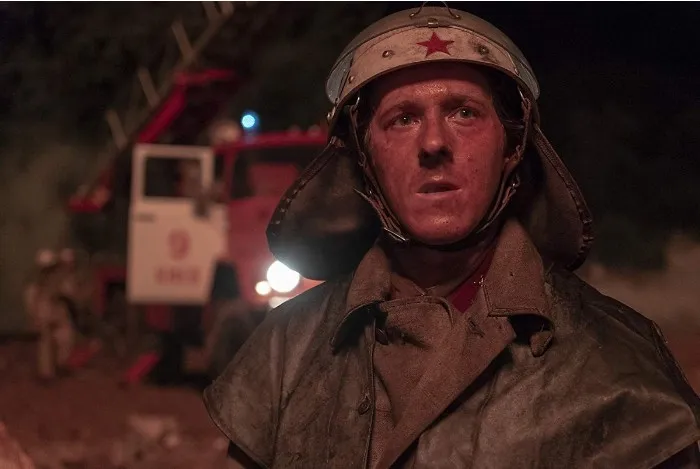
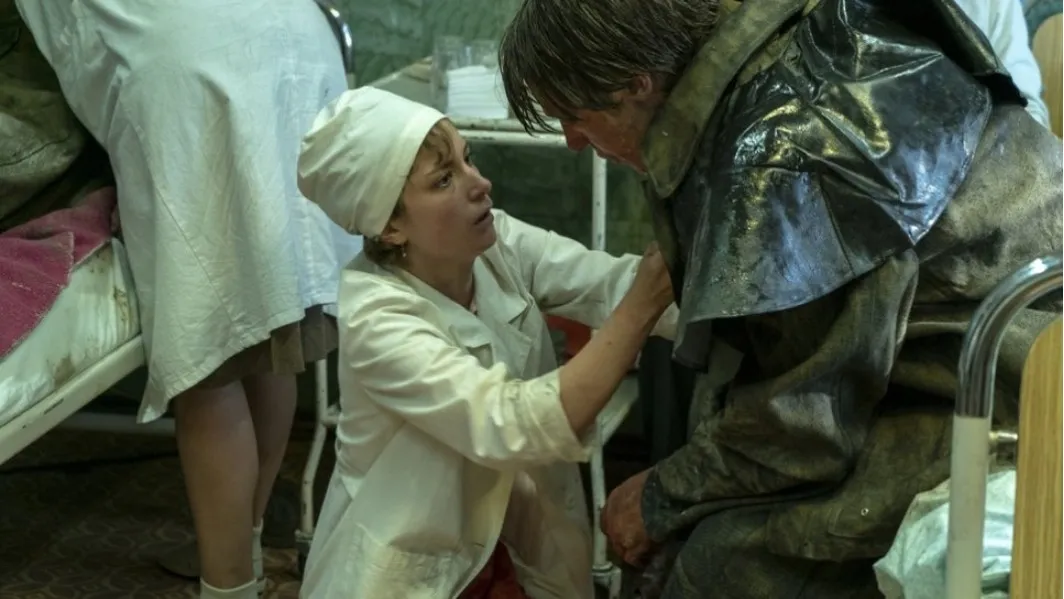
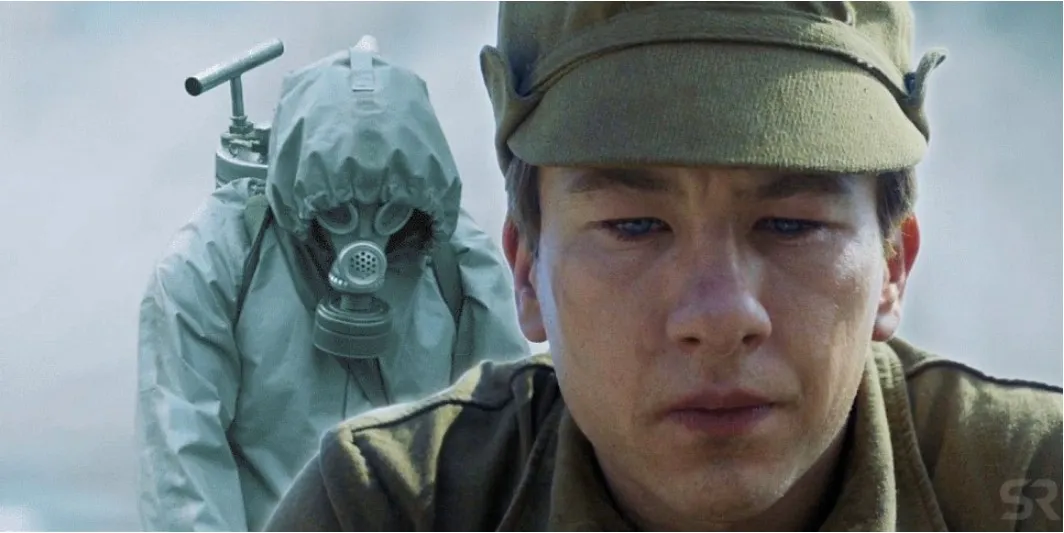
Method of communication
[Chernobyl] is set in the Soviet Union and Ukraine, but was produced in English, and the actors are mainly from England.
Even if it is reproduced as realistically as possible, it is difficult to get out of the limits of English, and the tinkering attempts of Russian accents by English-speaking actors can anger local viewers.
To break through the limits, Margin and director Johann Lenk focus on communication rather than language.
In a documentary about the Chernobyl accident, the artist captured not only the conversational style of the people at the time, but also facial expressions and unique emotions.
The director directed the characters to refrain from excessively expressing their thoughts and emotions with facial expressions or actions, and the actors act as if they had secrets, overlaying subtle emotions on faces that could not be read easily.
The detailed description created by these efforts applauded viewers from Ukraine and Belarus, saying, "The language is English, but I think my relatives will say that."
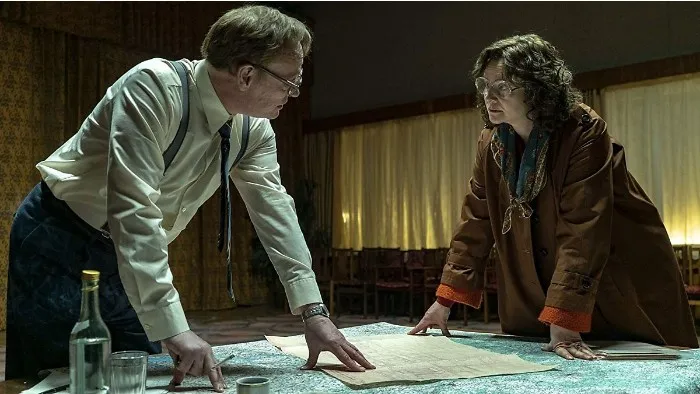
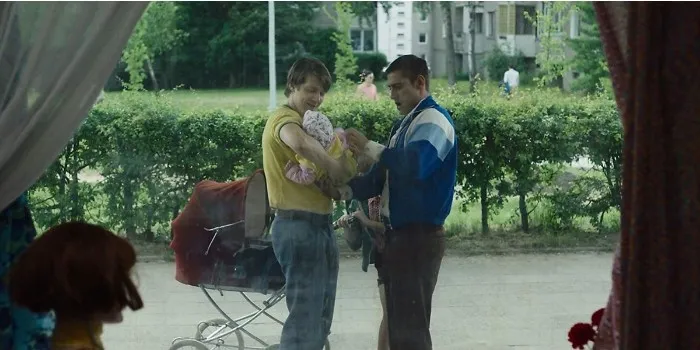
Accuracy is everything
Art also showed great power in recreating 1986.
The license plates, as well as the vehicles used at the time, were made by thoroughly dividing military and civilian use.
The firefighter's work clothes, children's schoolbags, hair styles, glasses, clothes such as fashion, furniture, and interiors such as wallpaper, and the tragedy before and after the accident in Pripyat city were restored close to reality.
As an American, Margin was extremely wary of imagining what a Soviet citizen was like, and the drama production crew shared the philosophy of "accuracy is everything" from the beginning.
His goal was "The Americans will not know the accuracy of the restoration, but the people of Ukraine, Russia and Belarus will say,'You watched us. Thank you.'"
In order to reproduce the accident accurately enough that scientists admit, "You drew it correctly, you did a good job," we invited a nuclear physicist from the time of writing to filming and received advice.

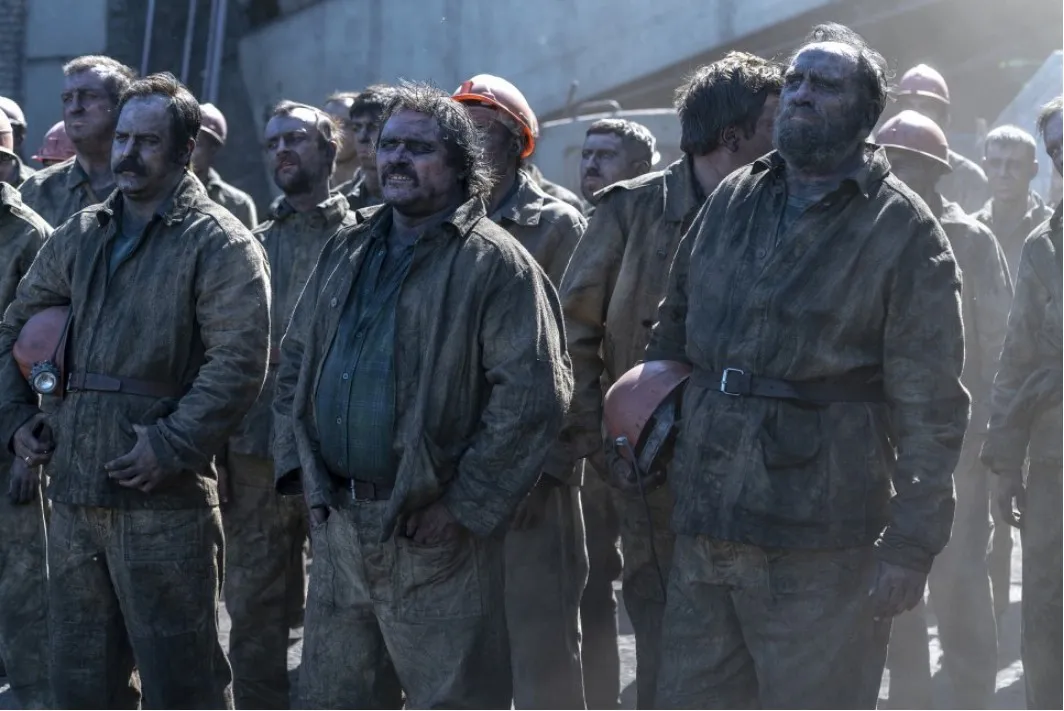
Use of silence
[Chernobyl] presents a unique approach to sound and music.
Music director Hilder Gunnadotier personally visited a nuclear power plant in Lithuania and used the sound he received as background music.
In fact, some of the scores are based on the sound recorded by the microphone against the metal door.
However, there are areas that stand out more than finding and using new sounds. In other words, there are scenes where sound is not used effectively.
The music of [Chernobyl] supplements the psychology of the character and the tension in the scene, but rejects the Hollywood film music formula, which amplifies the emotion itself by using music.
Regarding the frequent use of silence or low-quiet scores, Director Lenk explained, "The events the drama deals with are hopeless and devastating. There is no need to Device anything else here."
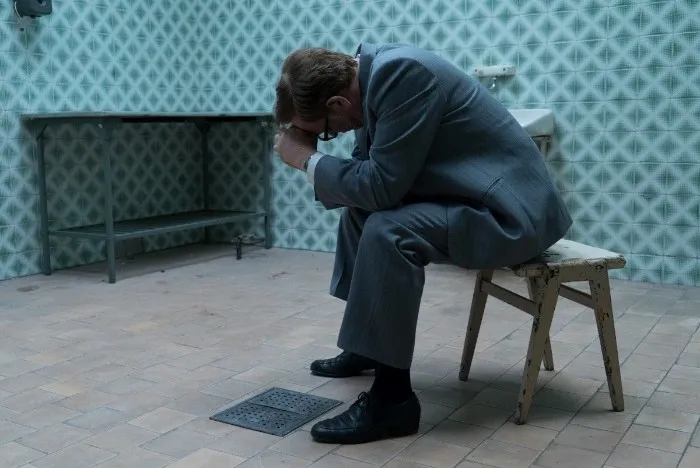
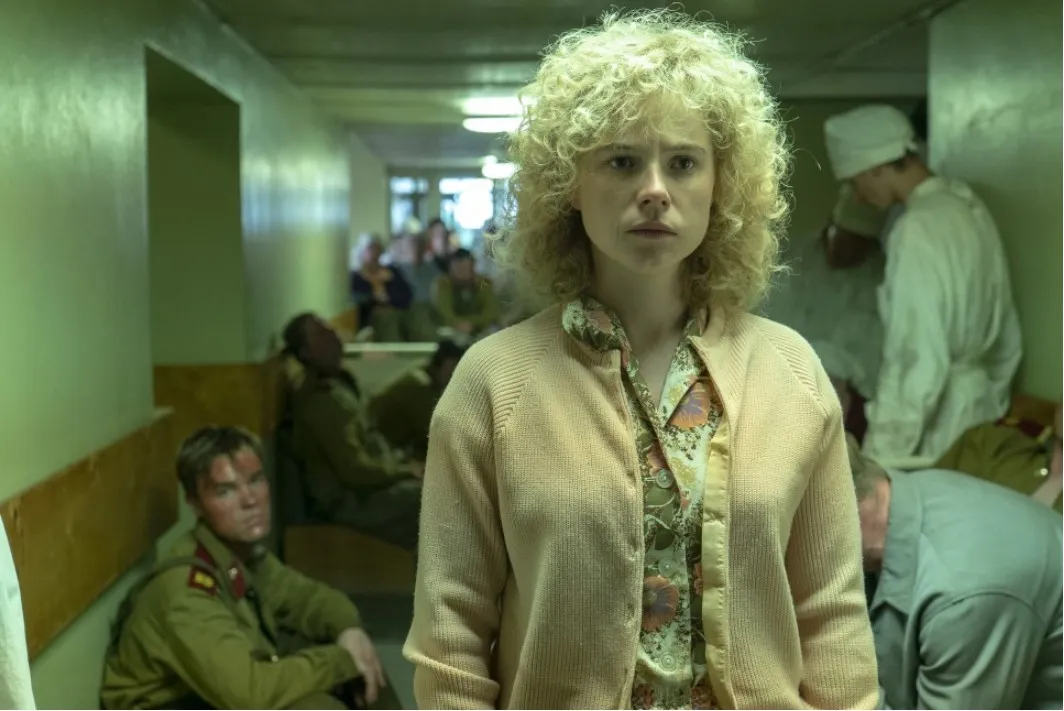
The weight of the true story
From before writing the script to filming and post-production, the'accuracy' and'sincerity' that [Chernobyl] has pushed frankly means that the influence of thinking so far is not taken lightly.
The Chernobyl accident has already been over 40 years, but Pripyat is still an uninhabited city, and the accident is considered to be the cause of diseases such as cancer and birth defects in nearby regions.
Of course, the debate over influence is still ongoing, and some argue that it is difficult to prove statistical figures or causality.
But that doesn't mean that there were no accidents or the victims' pain would disappear.
Some of the victims of the accident were survivors, while others complained of trauma during a national disaster. Drama tries to respect them by reproducing it based on facts with a solemn attitude.
The point of [Chernobyl] is not the nuclear danger.
The drama talks about how dangerous it is for organizations such as the state, corporations, and regimes to evade responsibility or lie to the bureaucrat's pride in order to survive a large-scale disaster, and to suppress criticism.
He insists not to forget the day when the accident caused by the worker's mistake was neglected as a lie.
If it's still difficult to judge what kind of attitude the organization should take in a situation of constant disaster, you should ask. "What is the cost of lying?"

